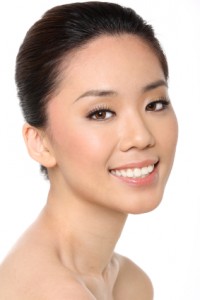
Surgical reduction of the cheek and jawline can be done by employing craniofacial bone contouring techniques. But there are limitations as to how much bone reduction can be obtained and the facial changes that will result. Not every Asian face can be made more round, oval or more narrow in width. The thickness of the overlying soft tissues will affect how much reduction of the bone on the outside is seen. In addition it is important for the surgeon to realize that Asians seeking bone contouring surgery are not trying to achieve a Western look but a better shaped face that preserves their ethnicity.

Some Asian faces are wider in the upper face not because of the zygomatic arch convexity alone. The width of the temporal area above (bitemporal width) may also be significant and even when zygomatic narrowing is done the results do not make much of a facial change. Bitemporal facial width, contrary to popular perception, is not due to bone but the thickness of the temporalis muscle. The temporal bone is a very concave bone whose thickness has little influence on the facial width at the side of the eye into the hair-bearing temporal scalp region. This muscle can be reduced by either Botox injections or temporal muscle release and resection through a vertical scalp incision.
Asian faces often have a wider lower face due to a large flare to the jaw angle and thick overlying masseter muscles. To get the best narrowing effect, both muscle and bone must be treated. Resection of the masseter muscle is not a good option and any consideration of that has now been replaced by Botox injections. This requires a series of Botox injections done over a year to produce a sustained muscle shrinking effect.

It is very valuable before doing either cheek or jaw angle reduction that presurgical x-rays are obtained. At the minimum panorex and submental digital x-rays are needed. But the drop in cost of 3D facial CT scans and the easy accessibility of them at any outpatient CT center makes their use preferred.
Whether reducing the Asian jaw angle/jawline or the cheek width, it is important to look at how one affects the other. Reduction of a prominent jaw angle can make the cheek prominence look wider and vice versa. This is somewhat similar to the relationship between the nose and the chin. This is why the best Asian facial narrowing effect comes from simultaneous reduction of both cheek and jaw angles in many patients.
Dr. Barry Eppley
Indianapolis, Indiana


